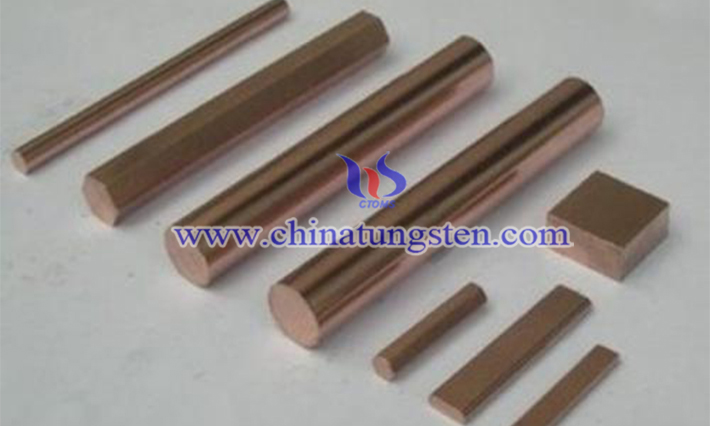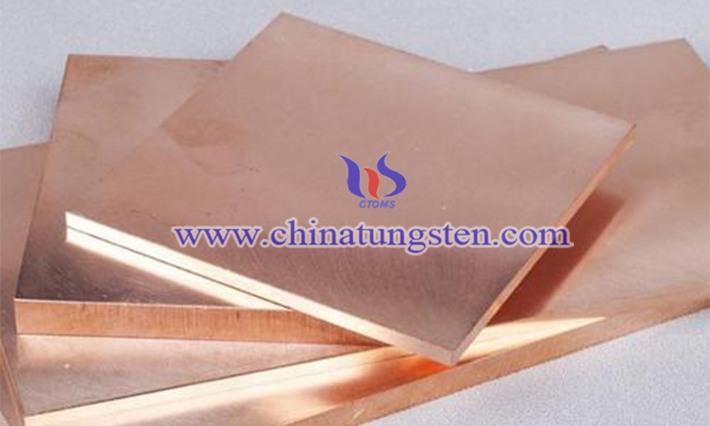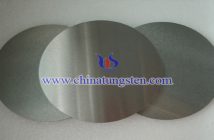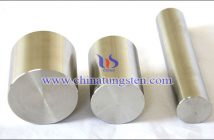Now there are two kinds of W-Cu alloy preparation methods, which are traditional methods and modern methods. The alloy made by tungsten and copper with 10% ~ 50% copper content has good electrical and thermal conductivity, high temperature strength and plasticity to some degree.
W-Cu alloy is widely used to manufacture high-temperature components including high-voltage electrical switch contacts resistant to erosion, rocket nozzle throat liner, tail rudder etc., and also used as electrodes for electrical machining, high-temperature mold and other occasions requiring electrical and thermal conductivity and high-temperature resistance.

The traditional preparation methods include high temperature liquid phase sintering, infiltration, hot pressing and activation sintering. Several methods of traditional preparation are as follows:
1.0 High temperature liquid phase sintering method
High temperature liquid phase sintering method is a common method manufacturing W-Cu composite materials. W-Cu composite materials are obtained by mixing w-powder and Cu powder by physical method, pressing and forming, and sintering at high temperature usually higher than 1400℃. The technique is simple, but the production cost is high, the performance quality is not high, therefore the method is difficult to meet requirements and not widely used. Usually, the technology and equipment can be combined to increase the properties such as repressing, hot forging, etc.
2.0 Infiltration method
Infiltration method is widely used, but the preparation technology is complex and the cost is high.
3.0 Hot pressing sintering method
Hot pressing sintering method is a common method to promote sintering properties, which is high in cost and not suitable for mass production.
4.0 Activated sintering method
The activated sintering method is to modify the raw material powder of W-Cu composite by means of mechanical alloying, electroplating, sol-gel and thermochemistry, and get the ultrafine nano-powder, then improve the sintered materials properties. In addition, activators such as nickel, cobalt and silver can be added to W-Cu to improve the comprehensive properties of the materials, but the addition of activators has great damage to the thermal and electrical conductivity.

With the development and research of new technologies and techniques, some new modern methods have appeared, such as spark plasma sintering, 3D printing and mechanical alloying, etc.



